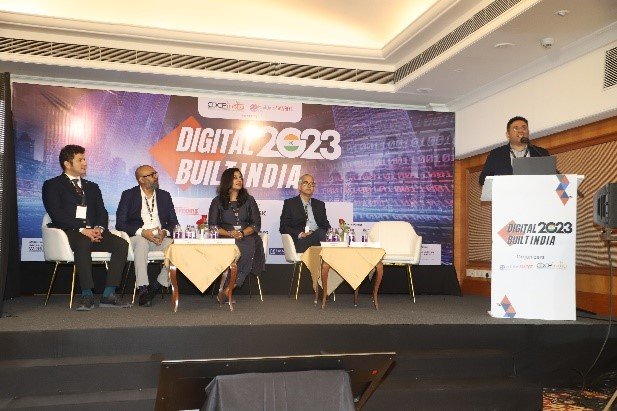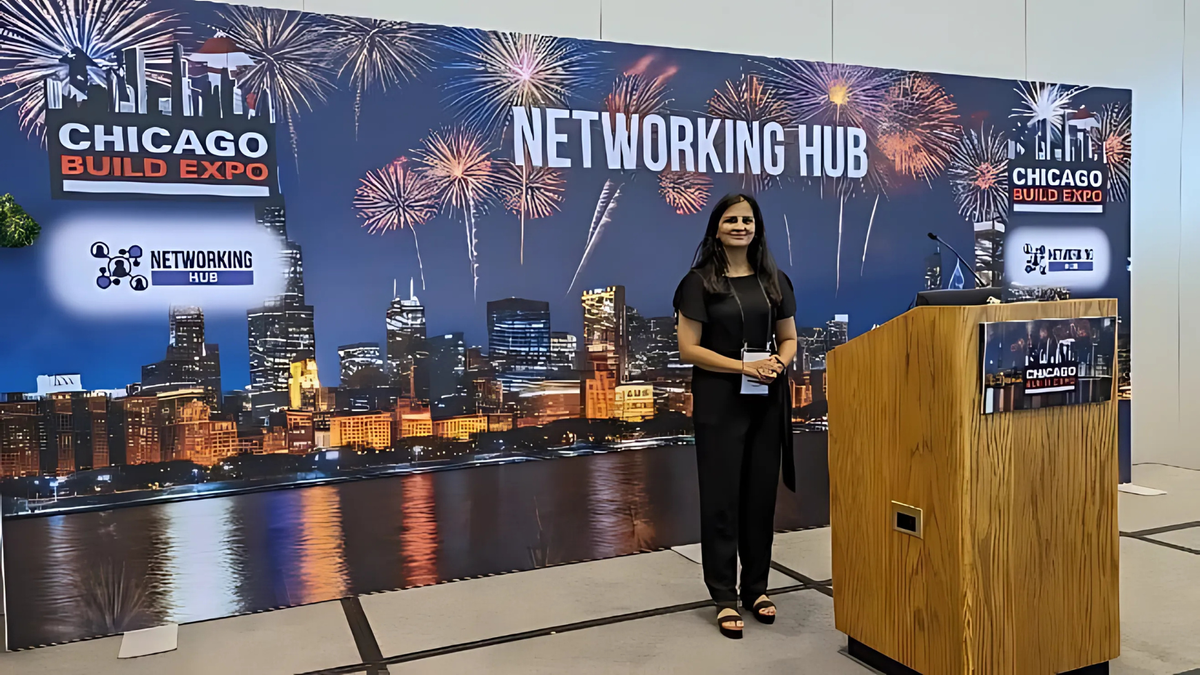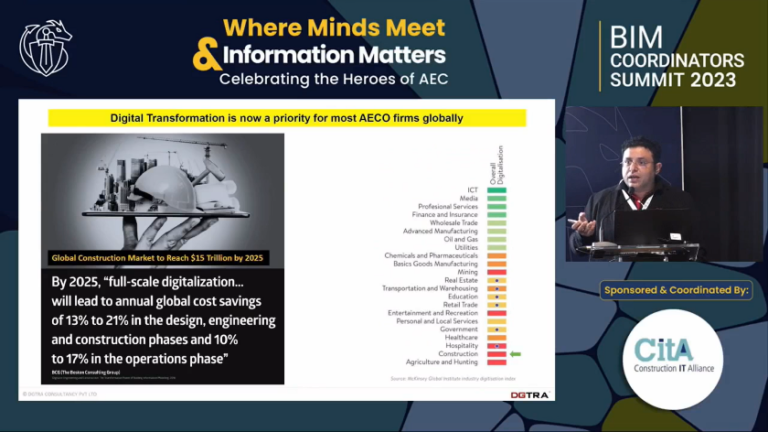Enabling BIM strategy, systems integration, and workflow optimization for a leading Indian developer
Client Overview
The client is a leading Indian real estate developer with a strong presence across western India. Renowned for delivering high-end residential and commercial spaces, the organization emphasizes design excellence, community-focused planning, and sustainable development. As part of their broader shift toward digital project delivery, the developer sought to implement Building Information Modeling (BIM) processes for improved collaboration, quality, and efficiency—starting with a large-scale retail project in Pune.
Problem Statement
As they embarked on a 2 million square foot retail development, the client recognized the limitations of conventional design and coordination methods. Without a digital roadmap or integrated model workflows, they faced issues with fragmented communication, manual documentation, and reactive coordination. They engaged DGTRA to help them define and implement a scalable BIM strategy aligned with their long-term goals.
Key Challenges
- No formal BIM strategy or digital execution plan in place
- Lack of centralized data sharing, causing coordination inefficiencies
- Absence of standardized content libraries for retail modeling
- Disconnected coordination across design disciplines
- Manual documentation workflows, limiting efficiency and traceability
- Challenges in aligning BIM data with enterprise document systems
DGTRA’s Approach & Solutions
DGTRA partnered with the client to provide a comprehensive BIM enablement framework, covering strategic planning, tool integration, and workflow design.
Key solutions included:
- BIM Execution Planning: Defined digital workflows, collaboration protocols, model structure, and responsibility matrices
- Common Data Environment Setup: Implemented a centralized digital platform for real-time model access, version control, and review tracking
- Content Authoring: Developed retail-specific content libraries and modeling templates to ensure consistency across disciplines
- Model Coordination: Established digital coordination workflows for clash resolution and cross-discipline alignment
- Documentation Automation: Enabled structured document workflows with controlled review, approval, and archival processes
- Enterprise Integration: Connected project data with existing internal platforms to support broader digital transformation efforts
Solution Ecosystem
The project leveraged a tailored combination of:
- Model authoring and coordination tools to support interdisciplinary collaboration
- Cloud-based platforms for data centralization and controlled access
- Workflow automation tools for document review, approval, and issue tracking
- Enterprise integration frameworks to align project data with internal knowledge systems
All solutions were selected and deployed based on the client’s specific goals, scalability needs, and internal capabilities.
Conclusion
DGTRA’s structured approach helped the client transition from traditional design and delivery processes to a more digitally connected, model-driven environment. The BIM implementation not only resolved key coordination and communication gaps for the current retail project but also laid the foundation for scalable digital practices across future developments.
By standardizing processes and creating a shared data ecosystem, the client now benefits from improved decision-making, fewer design conflicts, enhanced collaboration, and better control over timelines—without assuming engineering liability.







